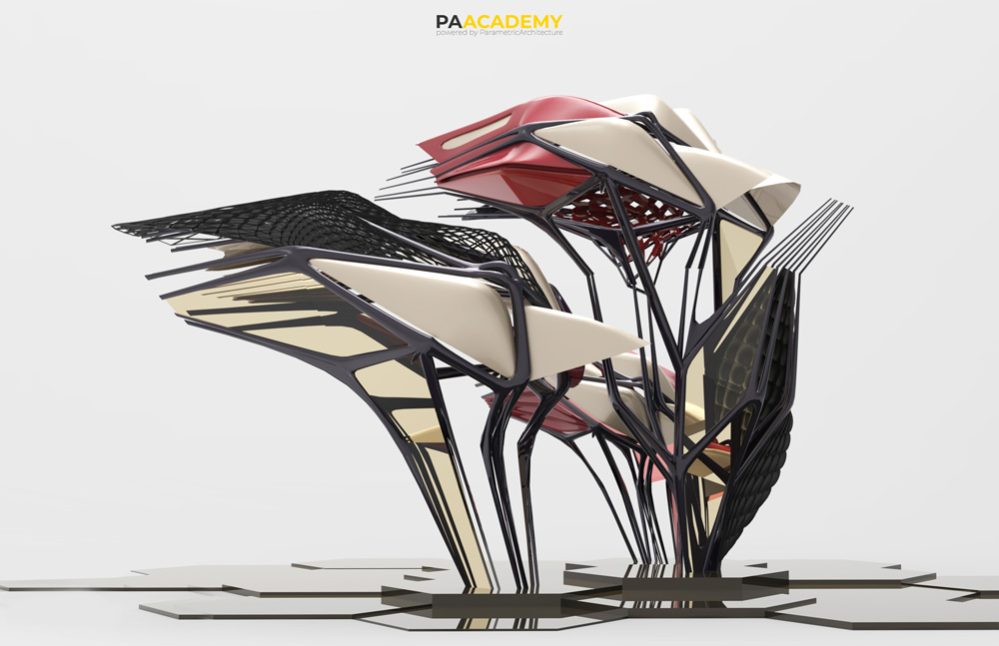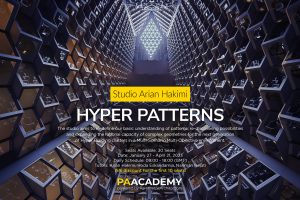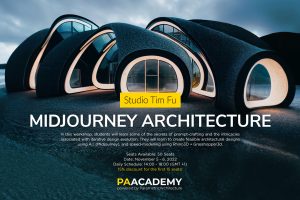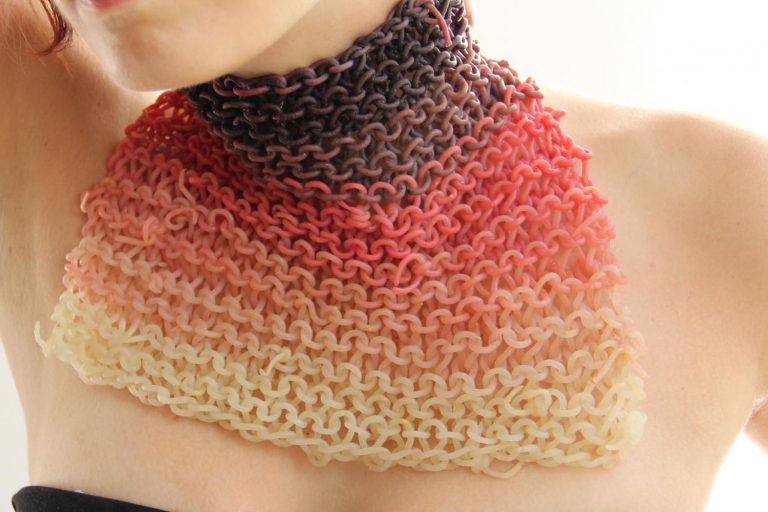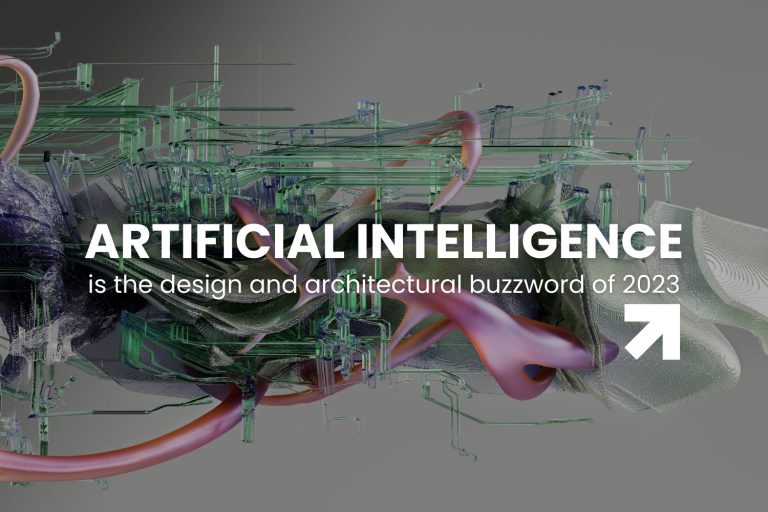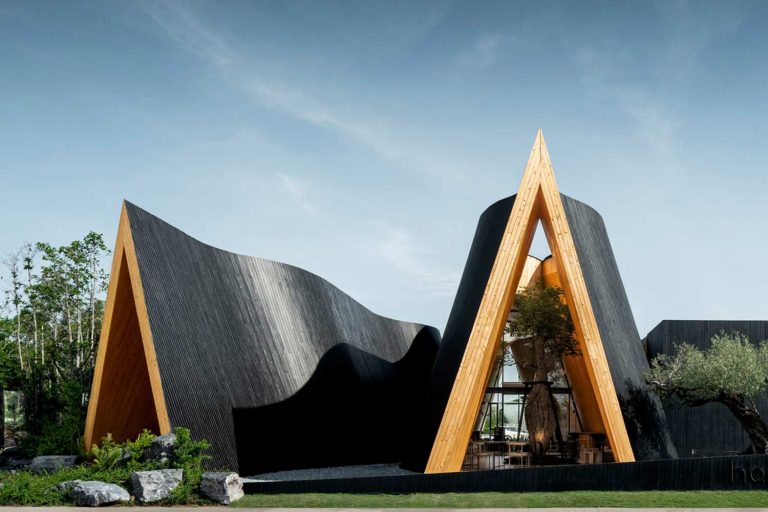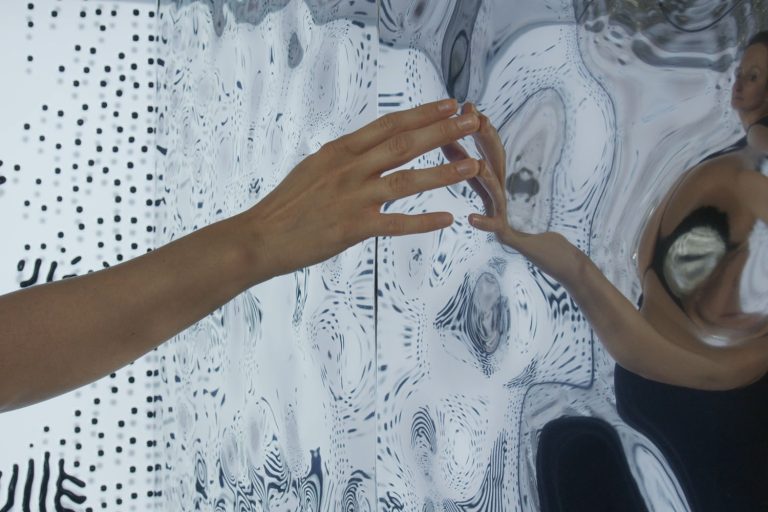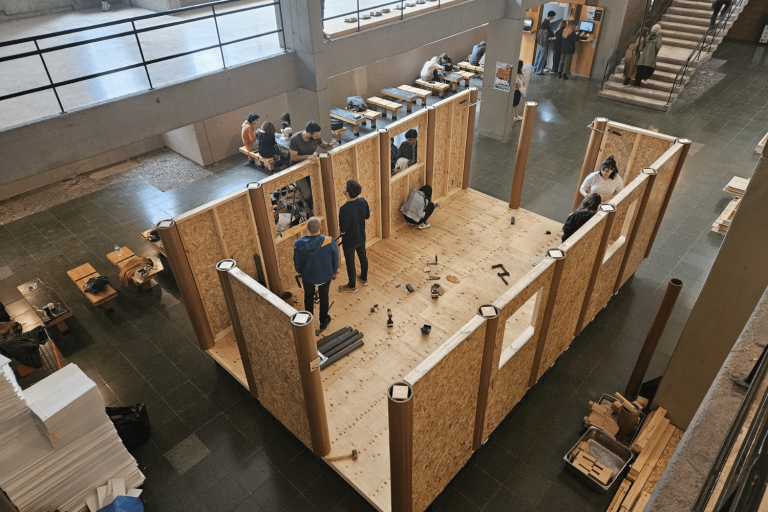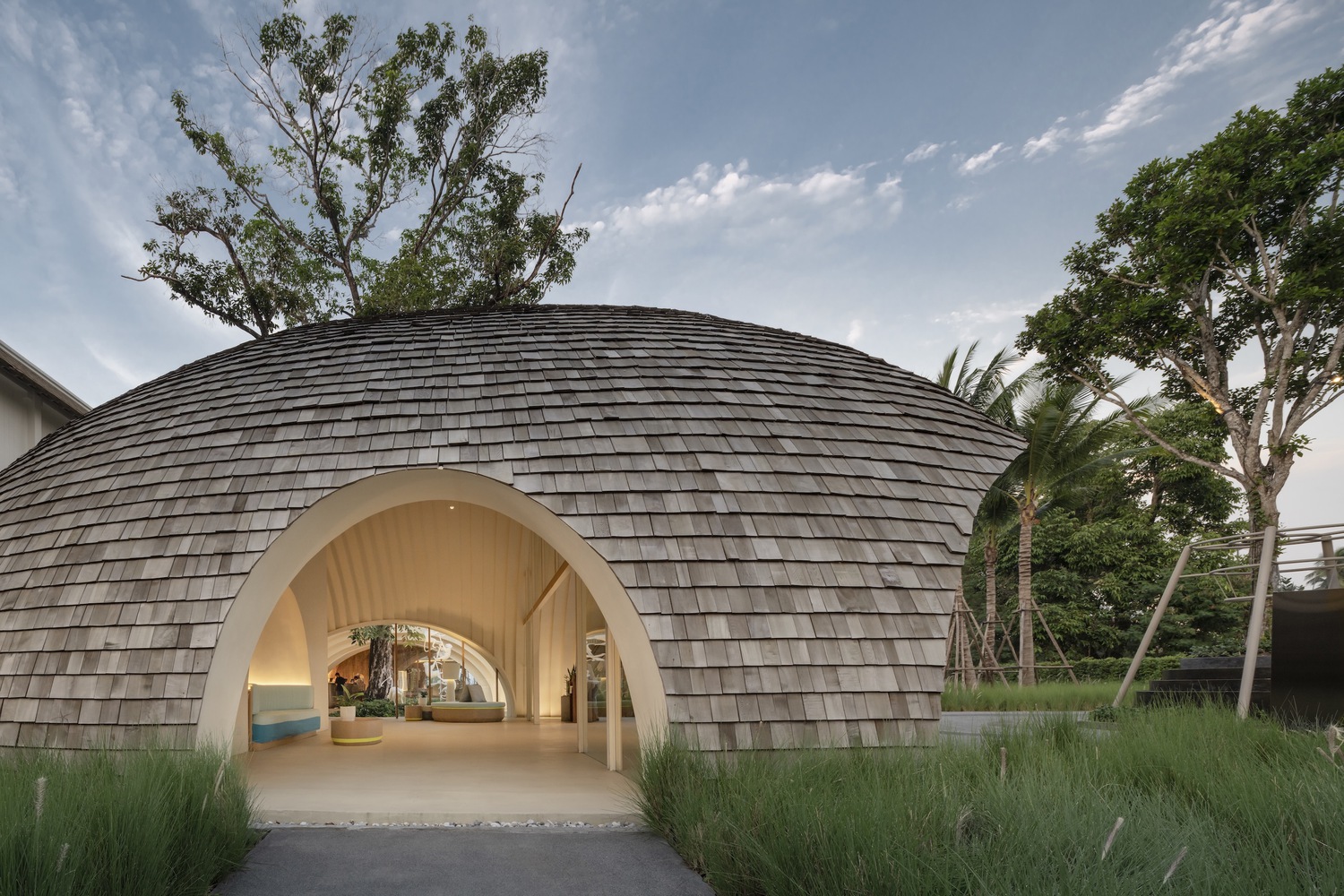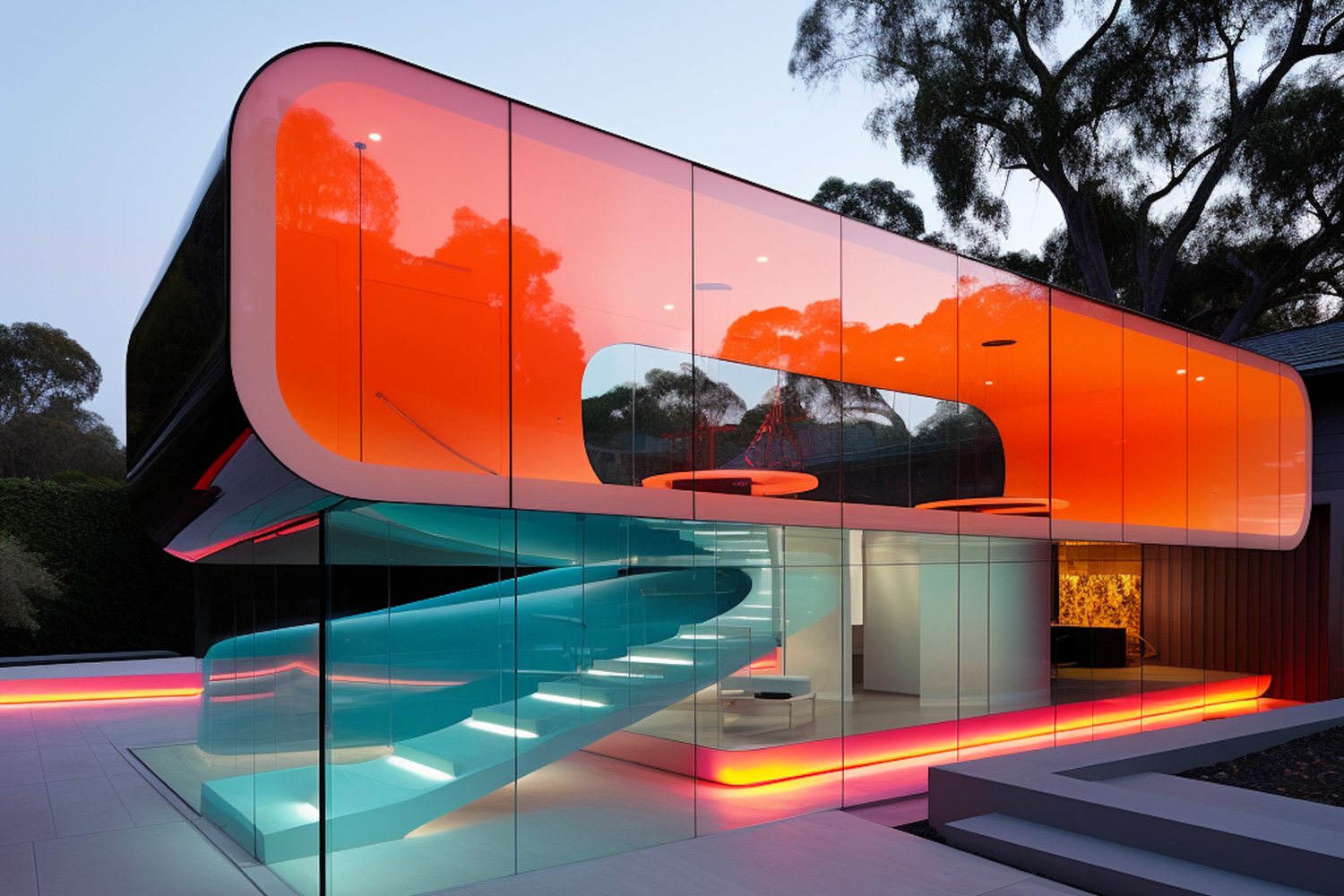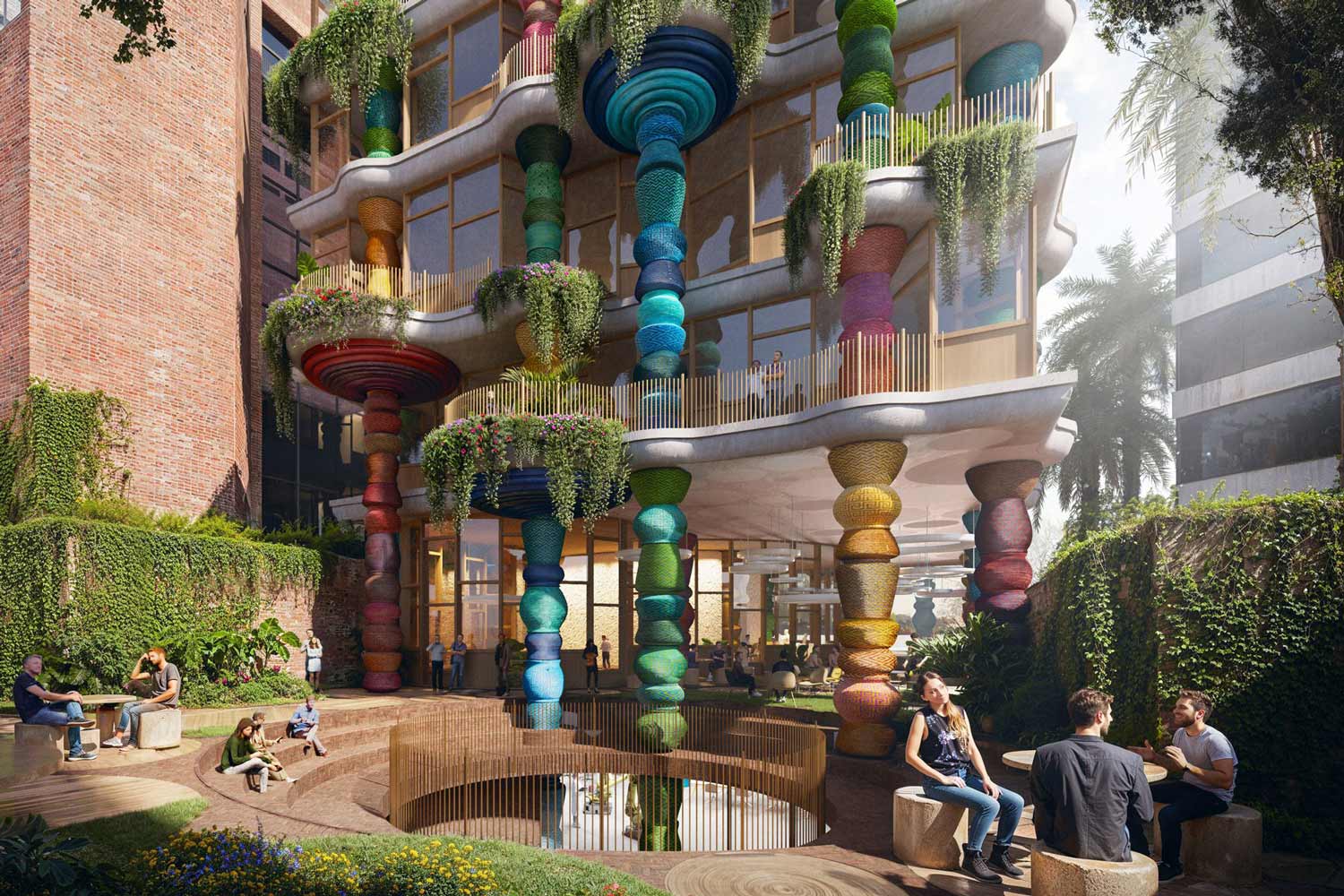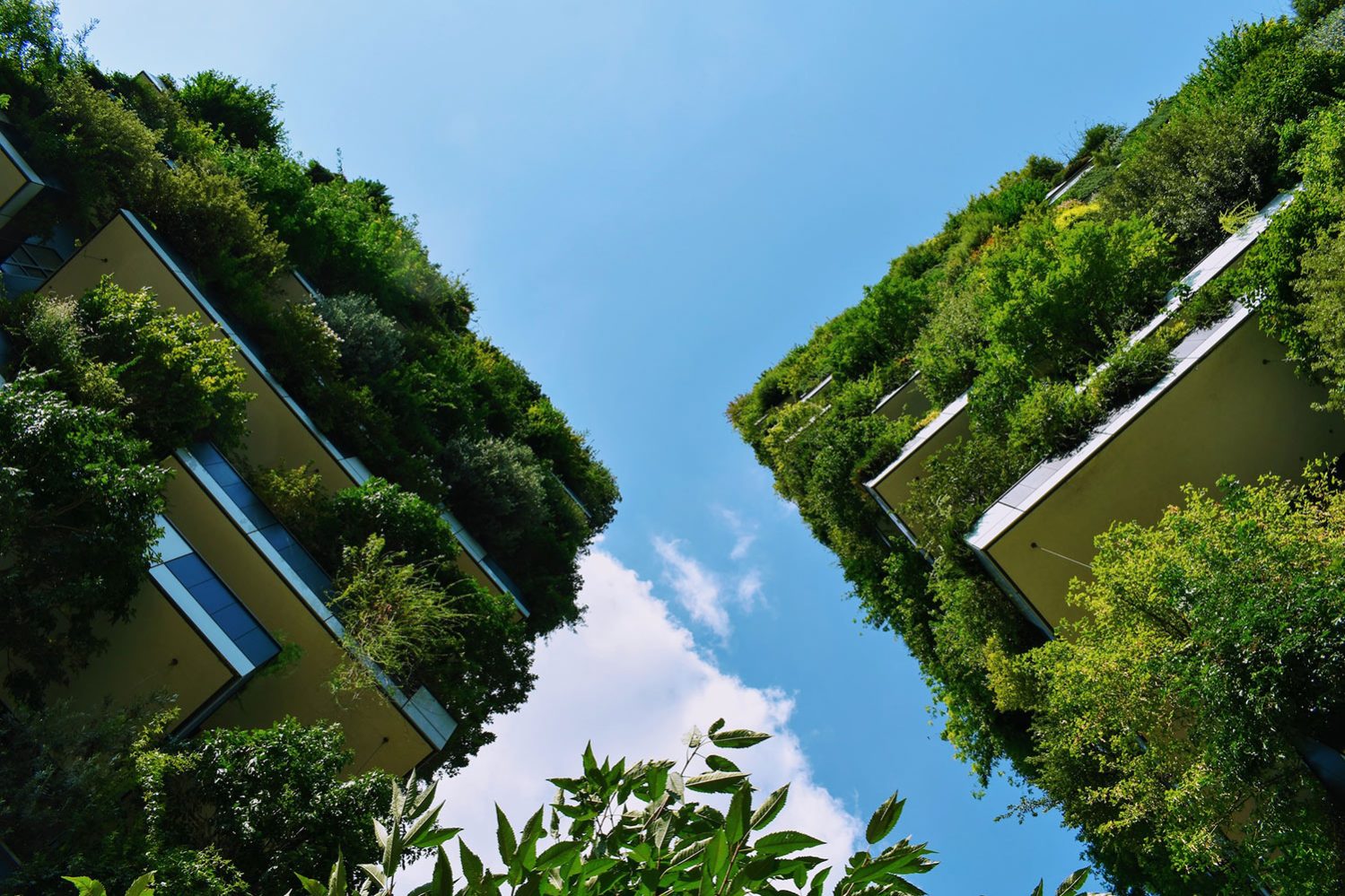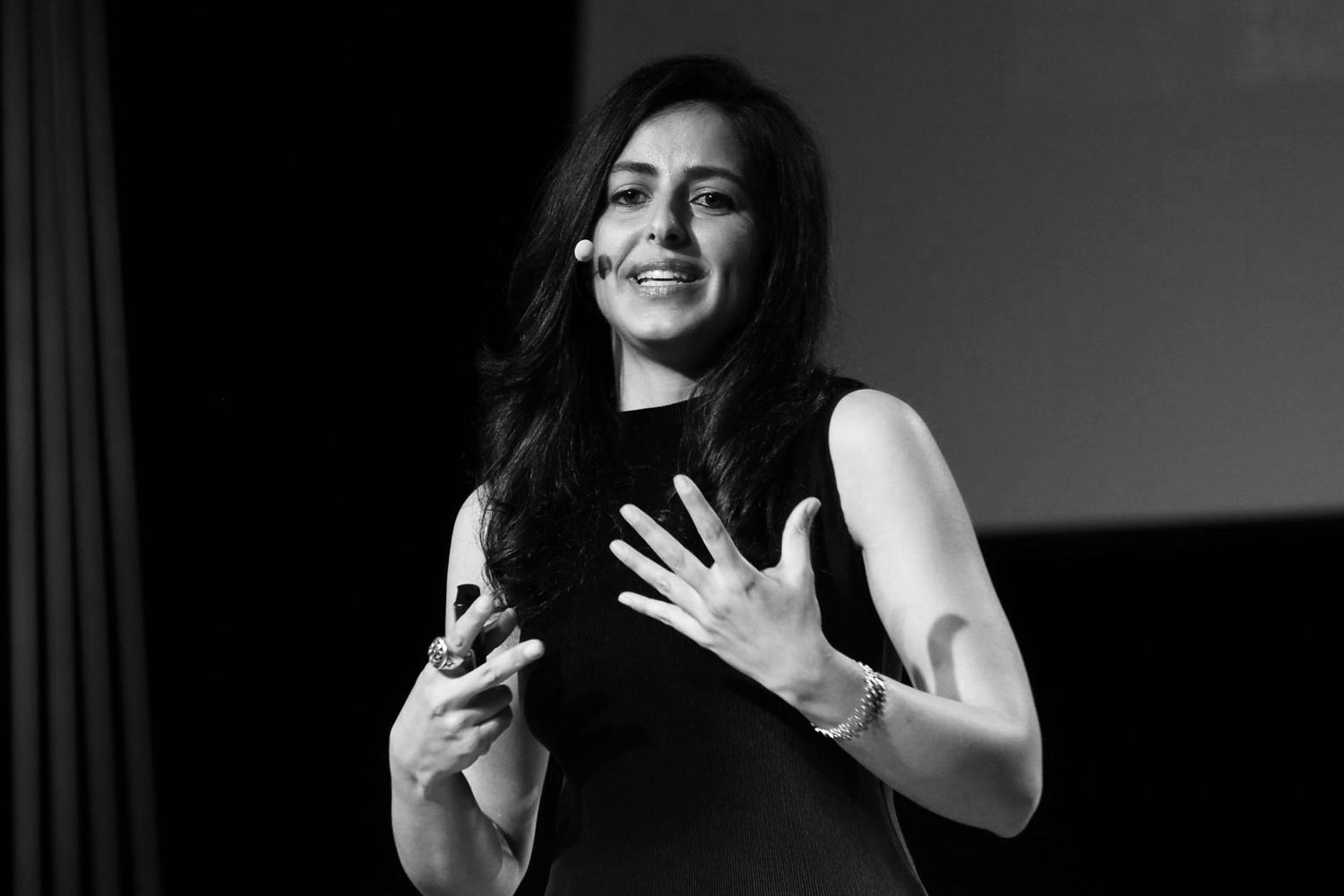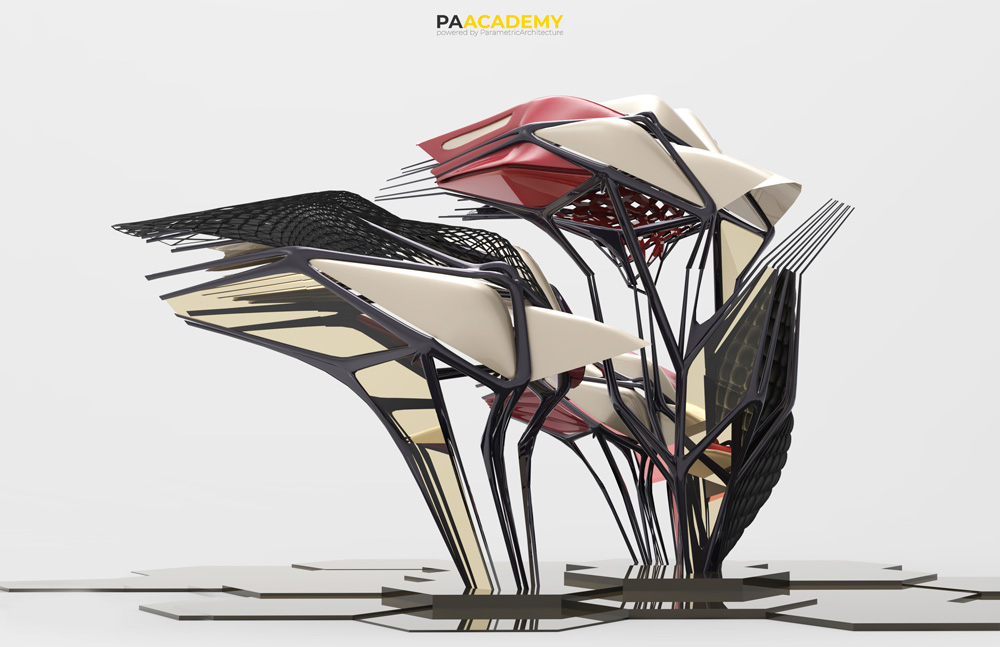
The Architectural Follies workshop, conducted by PAACADEMY in partnership with Studio Erick Carcamo, focused on the design of pavilions considering the concept of performance and the rational relationship between the structure’s morphological, geometric, and material properties. It delivered various computational design tools to boost the knowledge of participants on the intersection of digital geometry, digital materiality, and human behaviors.
To be clear as crystal, folly is an architectural form that emerged in 18th-century Europe mainly for ornamental purposes. Currently, the function of follies has evolved based on the ideologies of the people who build them. This studio workshop provided numerous approaches to embracing the folly legacy in architectural aesthetics and tradition.
If you are interested in exploring conceptual geometries while creating a folly with the use of computational design modeling software, you can register for the Architectural Follies workshop and watch the recordings of the workshop.
Learn parametric design and computational tools from the pioneers of the industry at the PAACADEMY:
What happened?

The workshop started with a lecture about the notions of affect, effect, and special effects to examine a folly’s emotional reaction through the viewpoint of parametric design techniques. The concept of the folly is described as a really similar structure to a pavilion that embraces personal approaches. Folly provides the designer with the freedom to reinterpret his or her own design concepts.
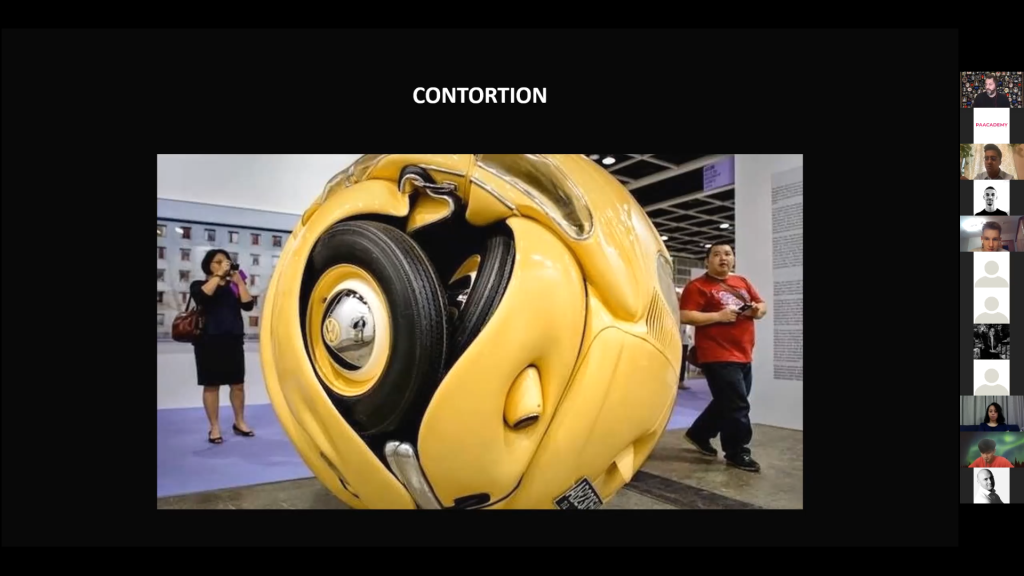
Additionally, Erick shed light on the concept of Ephemerality as a temporary and permanent concept. He described the temporary ephemerality with ideas of distortion, warp, smear, fray, glitch, contortion, and the idea of how geometry starts to control itself or how different pieces accommodate themselves into one. Later, he expanded the concept of permanent ephemerality with the concept of feature creep, an over-designed concept with too many unnecessary features, wrapping, pleating, draping, structural skin, and smog.
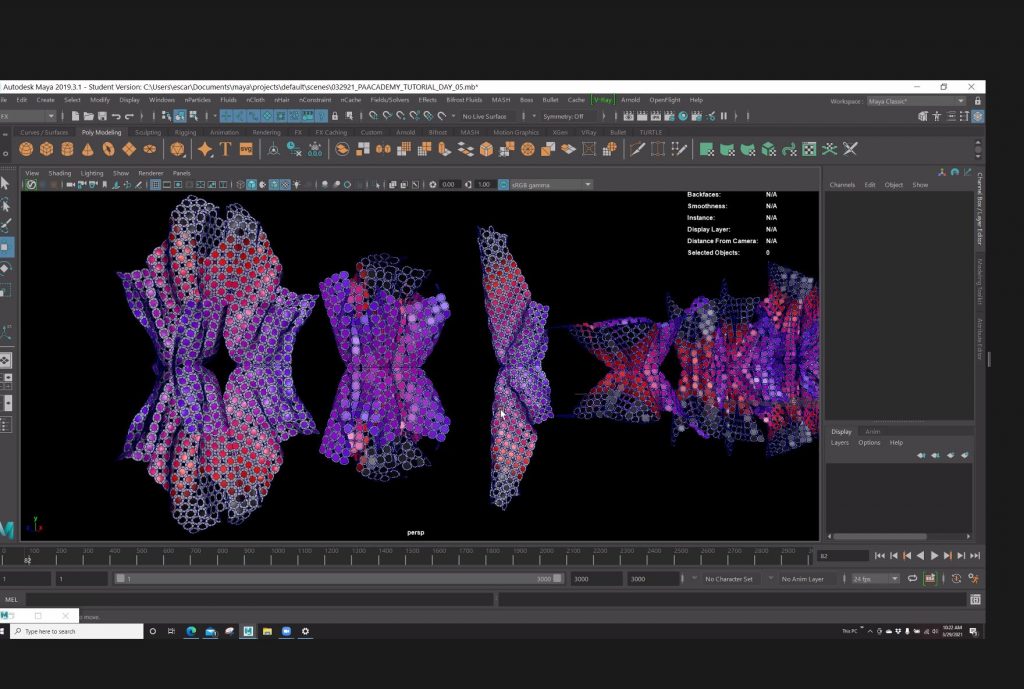
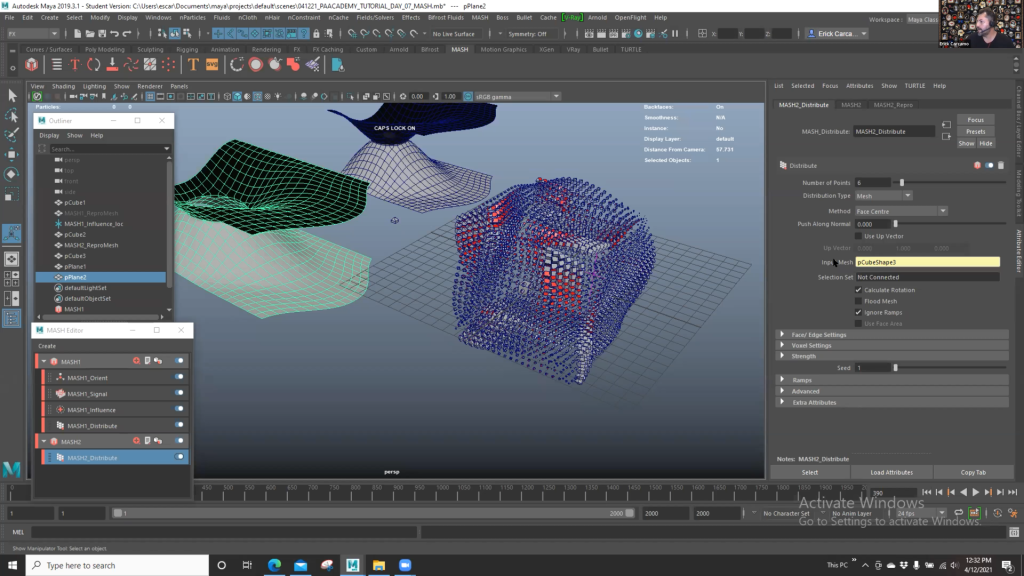
For the practical part, a basic understanding of the software Maya was first covered, and then much more complicated geometries were explored. Applied geometry and applied texture were utilized to link the geometries through patterns and textures or geometrical transformations such as bending, twisting, meshing, and booleans.
Presentations
During the workshop, students were asked to select a set of inspiring pictures with structural qualities in the first place and then create a “Folly” project that will demonstrate their aims and ideas of formalism behavior as a geometrical approach by utilizing digital animation software.
Yerwant Megurditchian
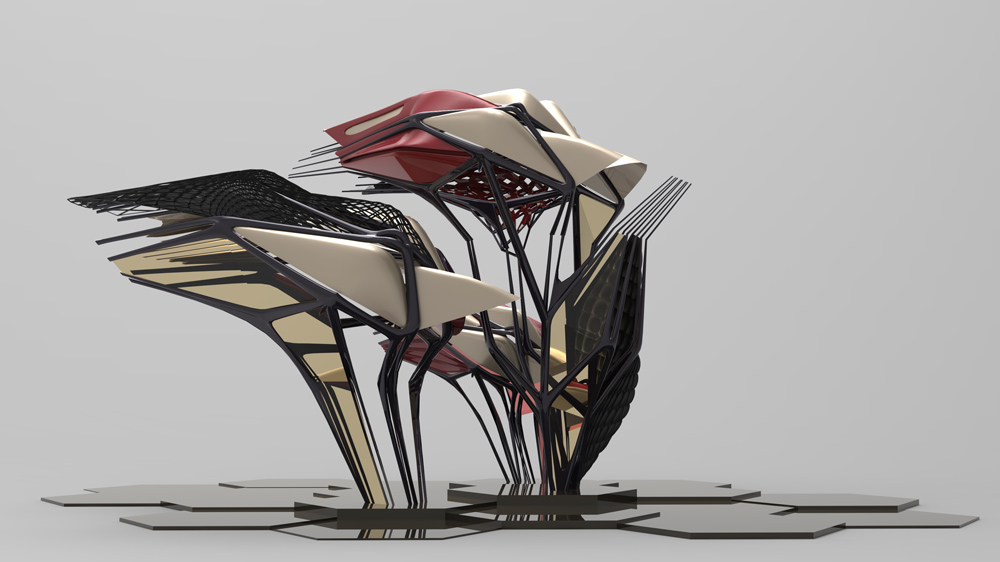
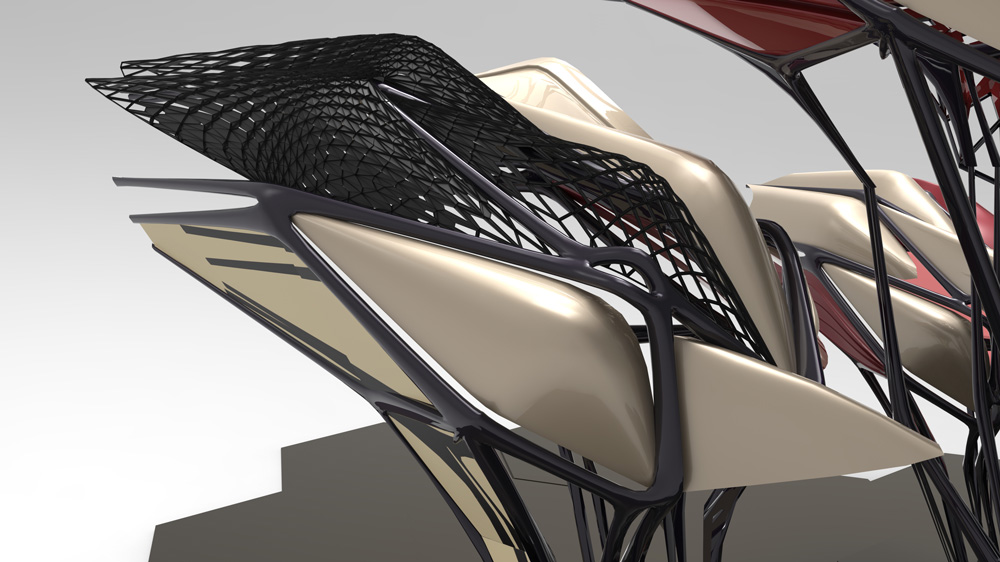
The project draws its inspiration from Biomorphism as an abstract derivation of reality. Beginning with a single jagged column, elements evolve and mutate into the minimal grotesque temple. These shapes were created by combining accuracy and abstraction in thought. While resembling reality, they also are open to interpretation. The final shape was achieved after combining various layers, patterns, and textures.
Mauro Rodriguez
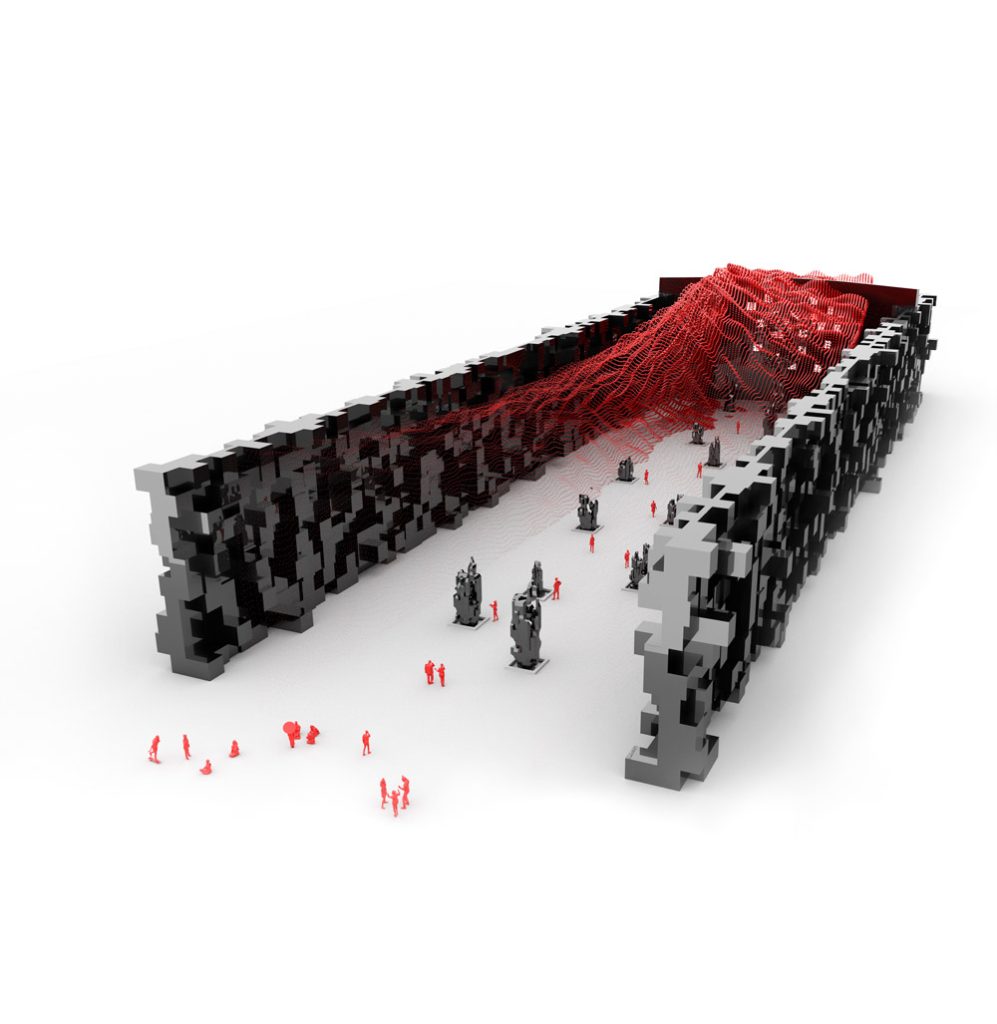
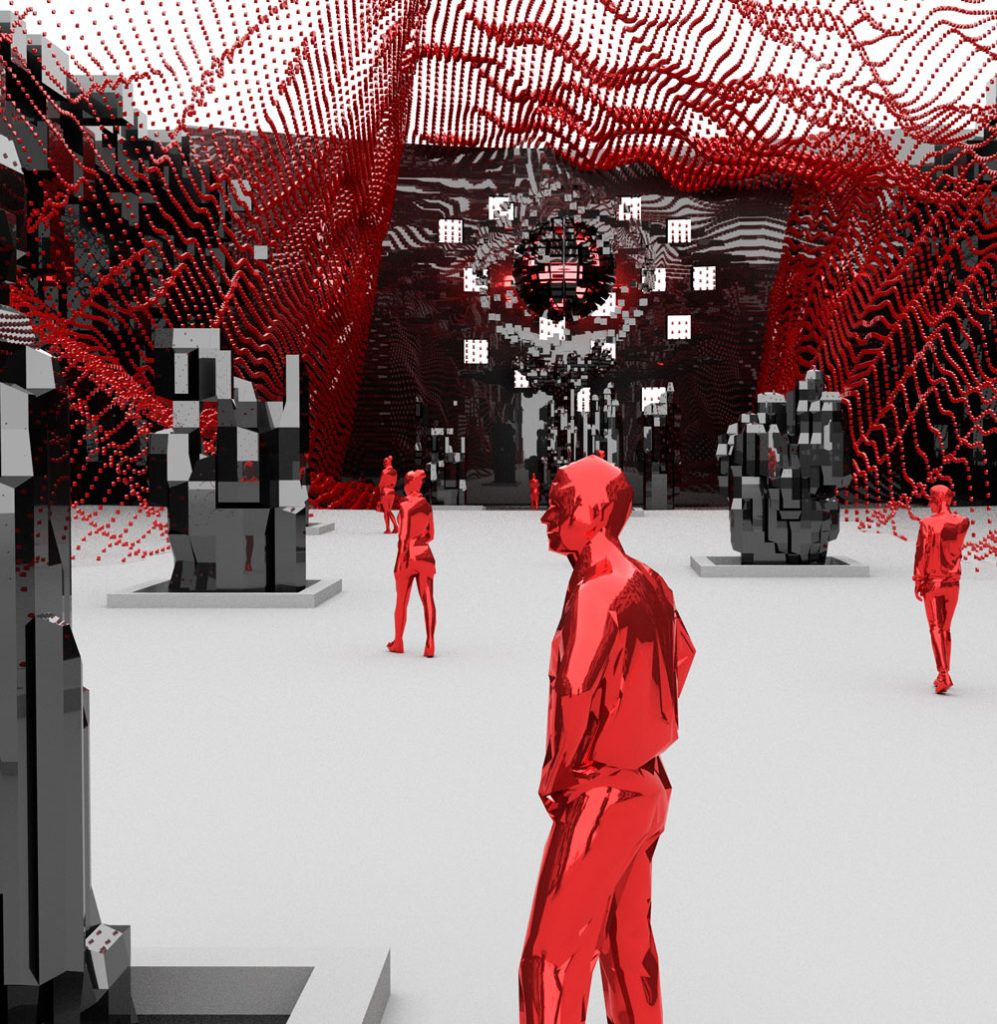
This project gets its impression from the technological singularity. As the notion that human history is reaching a “singularity,” in which artificially intelligent computers will one day overcome humanity, has gone from science fiction to serious discussion, the designer decided to take this concept into an architectural folly design.
Eva Khan
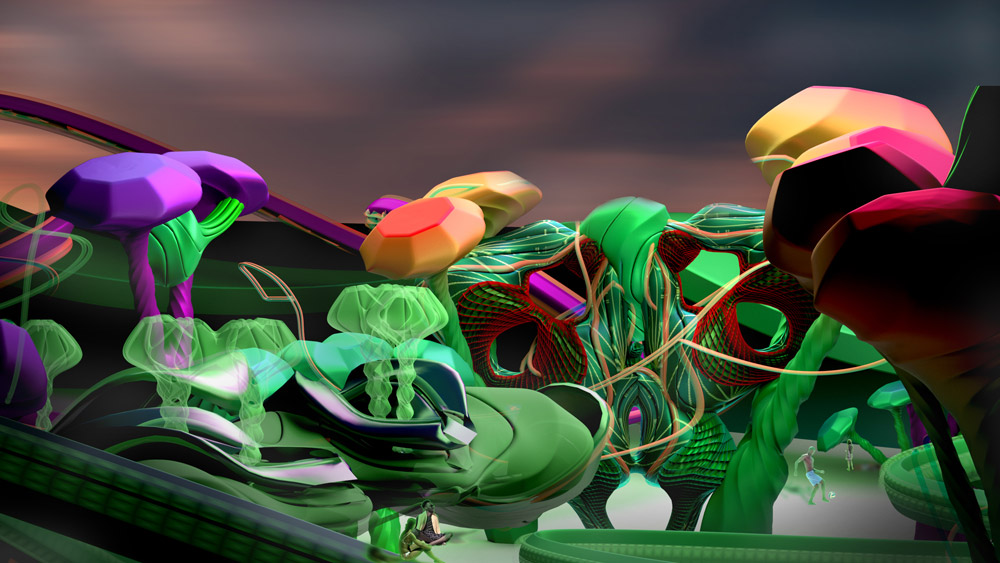
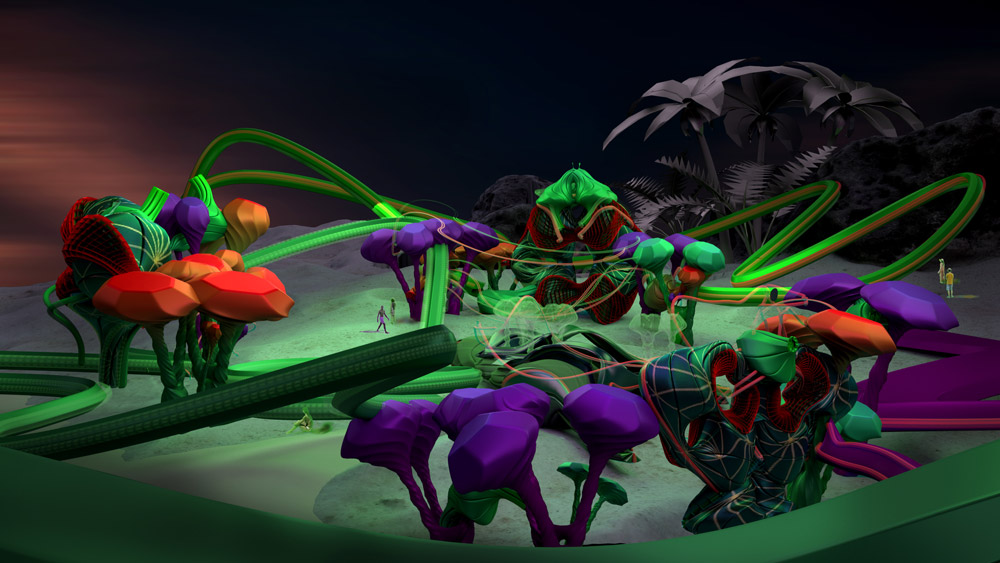
Named Algae forest, this project is an interactive, adaptive, and responsive folly integrating living microalgae culture. It’s made up of three clusters connected by tubes that transport algae from one cluster to the next and eventually to the central base. Different shapes and sizes of these microalgae under the microscope have influenced the design and structure of each cluster. This long-term construction may collect oxygen from carbon dioxide in the air, resulting in a more sophisticated and better environment for the general population.
Aala
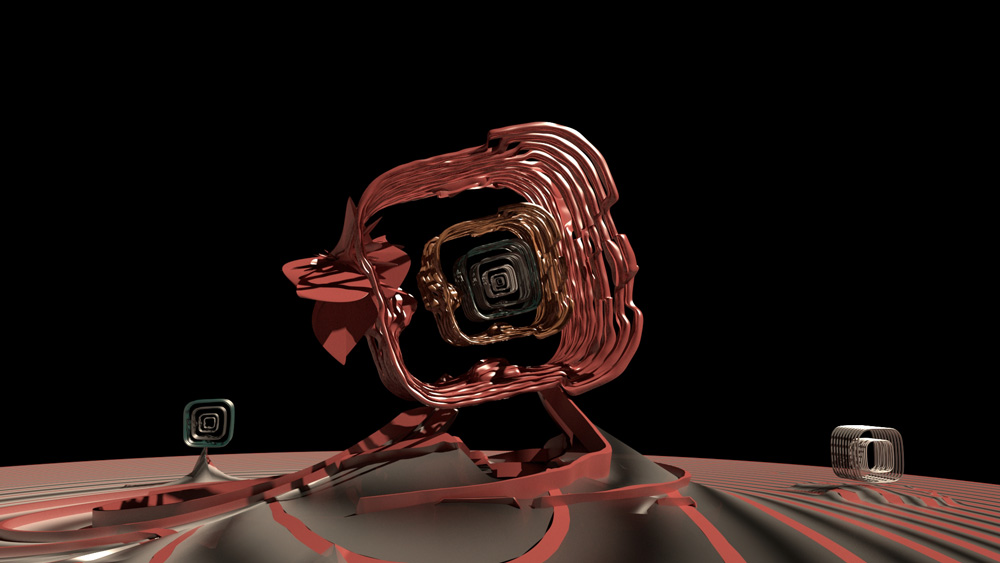
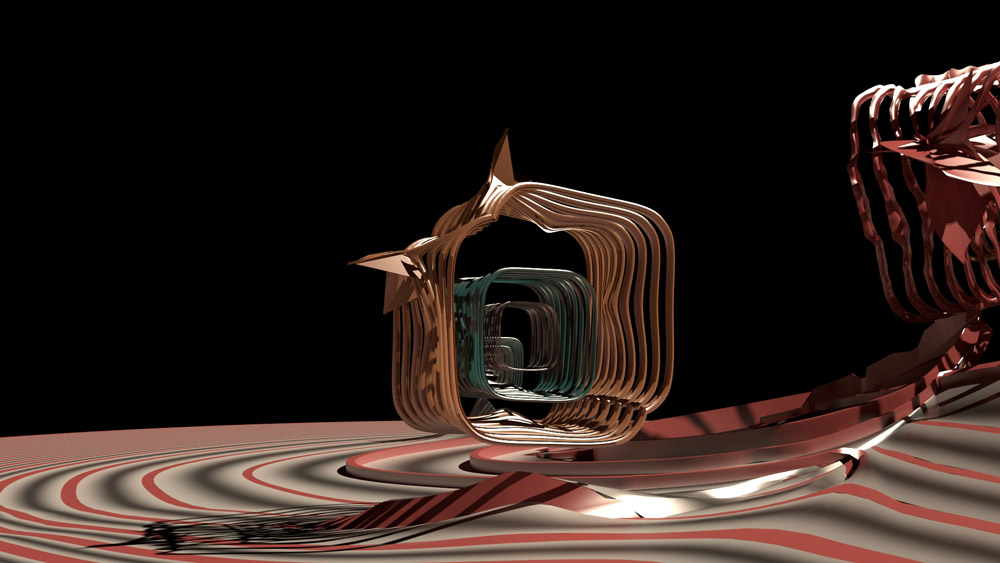
Called Unity Spaces, this folly aims to show how nature behaves based on its smallest and most basic units of Higgs Boson Particle. the folly is visualized as a set of four sections of the universal Higgs field that changes its color, size, and deformations based on the energy flow. Starting with with a static core of light colors, the form progresses towards a larger geometry with a higher energy value which is represented with blue color.
Last but not east, if you are interested in integrating morphology with digital materiality, you can consider designing architectural follies with a Studio Erick Carcamo manner. Register to Architectural follies workshop and watch the recordings of the workshop.



